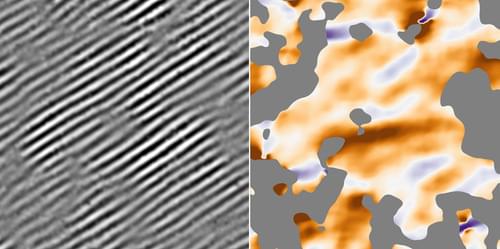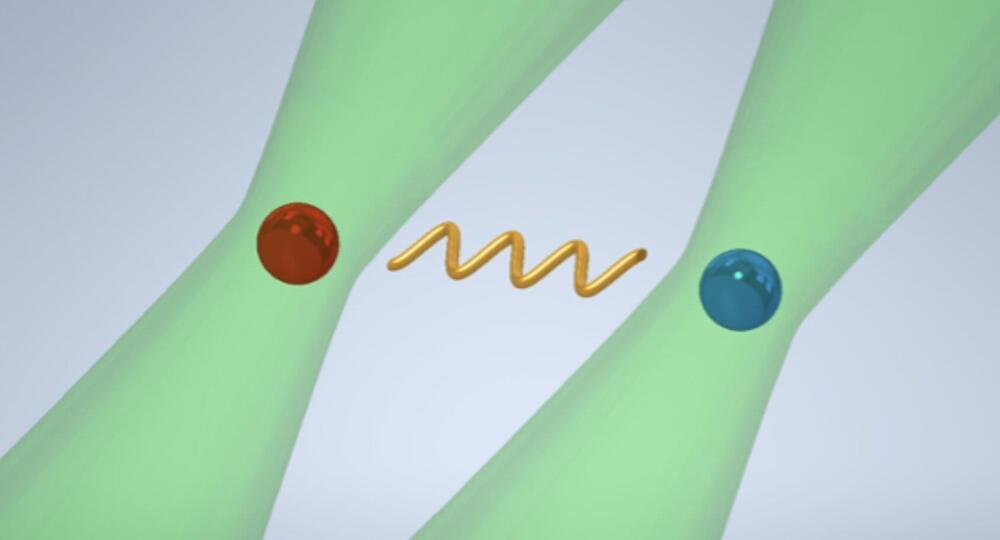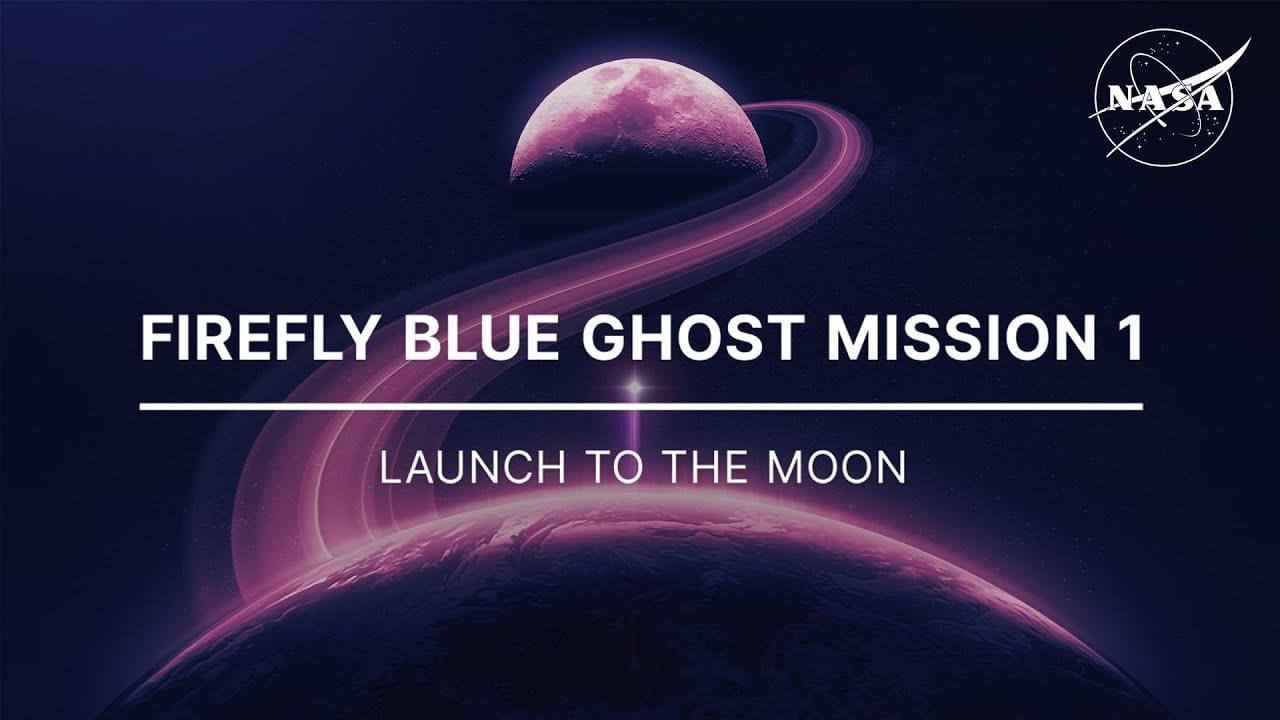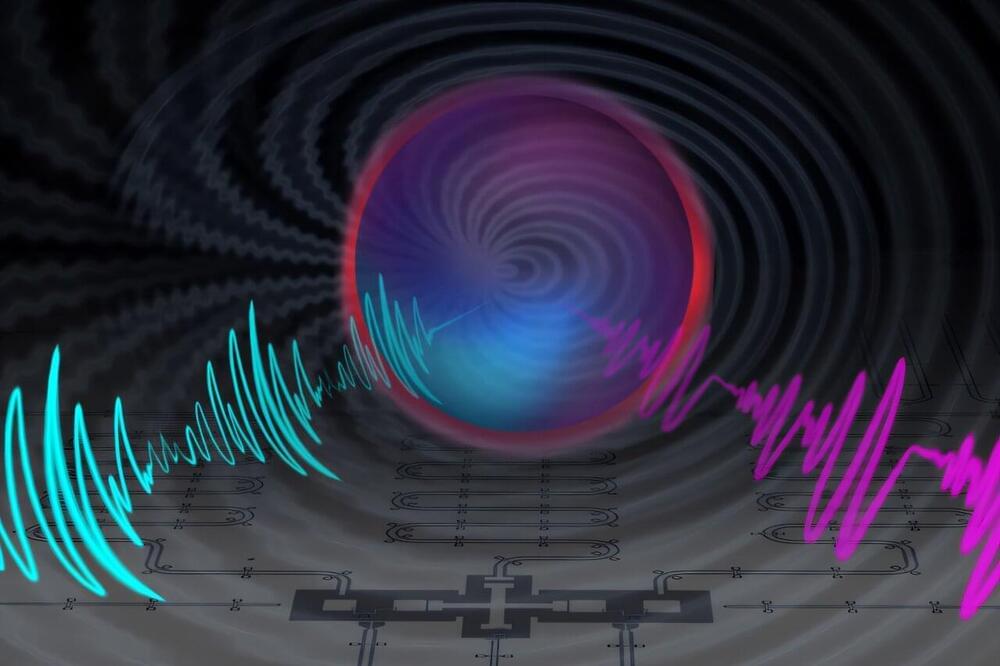Jan 16, 2025
Orderly State of Electrons Melts on Camera
Posted by Saúl Morales Rodriguéz in categories: computing, quantum physics
A cryogenic microscope reveals the atomic-scale processes that disrupt the charge-ordered state in a material as the temperature rises.
Many of the exotic materials being investigated for next-generation technologies exhibit charge order, a state in which the electrons arrange themselves into a periodic pattern, such as stripes of high and low electron density. Researchers have now shown that they can track the evolution of this state as it warms up and melts away by using a cryogenic electron microscope [1]. Their experimental approach offers a new way to explore the interactions between different phases of quantum materials, which could inform the development of future electronic and data storage devices.
In certain materials with strongly interacting electrons, charge order appears—usually below room temperature—as an electron density that varies periodically in a pattern of stripes, a checkerboard, or a more complicated 3D structure. Researchers want to understand this phase because it coexists and interacts with other states and properties of the material, many of which are useful for novel devices and technologies. In high-temperature superconductors, for example, charge order is known to suppress the material’s superconducting behavior. In other materials, strong coupling between charge order and ferromagnetism can trigger colossal magnetoresistance, a property that could be exploited in magnetic storage devices.
















